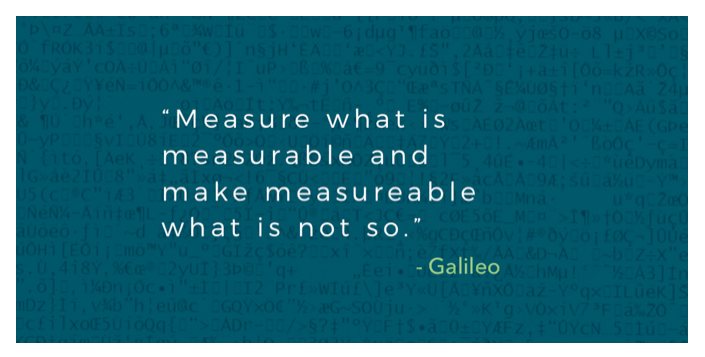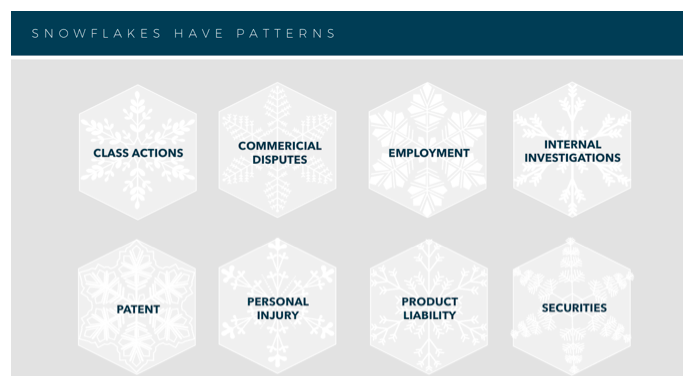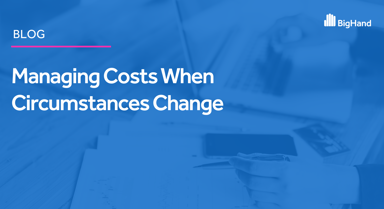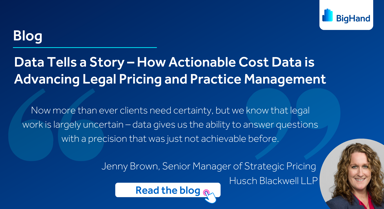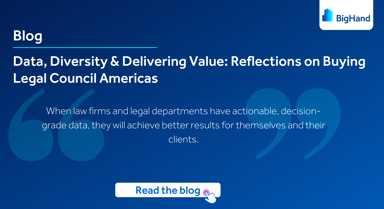But many firms forecast litigation fees poorly. The reason for this is not the unpredictable nature of litigation. The real problem is this: in its natural state, legal billing data is virtually useless.
Historical billing data is of little help in future cost estimation for two reasons.
First, you cannot use past costs to estimate future fees without real insight into the scope of those prior matters, e.g.:
-
What volume of documents were reviewed?
-
Which motions were filed?
-
What experts were needed?
-
How many witnesses were interviewed?
However, the industry standard codes for litigation billing are very high-level and provide no information about matter scope or the unit costs for each task.[1]
Second, the timekeepers (or ‘fee earners’ as they are called in the United Kingdom) who bill time on litigation matters typically code their time entries inconsistently and wrong.
Put these two problems together, and – to use a construction analogy – it is like seeing the cost of a house but having no idea how many square feet, floors, bedrooms or bathrooms there are. And then having all the plumbing work coded as drywall. The number tells you nothing.
Today’s technology can shed new light on dense and misleading historical billing data. The more visibility firms have into the past, the more accurately they can predict the future. Of course, nothing worth doing is ever easy.
The first rule of artificial intelligence is 'garbage in, garbage out'. Thus, because lawyers code time narratives so poorly, their coding choices should not form the foundation of any technology.
To produce accurate and consistent results, the data sets used to train algorithms need to be coded by experienced professionals, preferably individuals who understand complex litigation and can see patterns in the data based on context. This process is time-consuming, expensive, and absolutely critical.
In addition, filling in the missing scope element means dividing data into more granular categories than the industry standards allow and clearly labeling it to allow for proper visualization.
For example, rather than using the UTBMS standard ‘L330’ code for all deposition work, technology can help allocate the time associated with each individual deposition to that specific witness and track the number and type of witnesses to account for scope.
